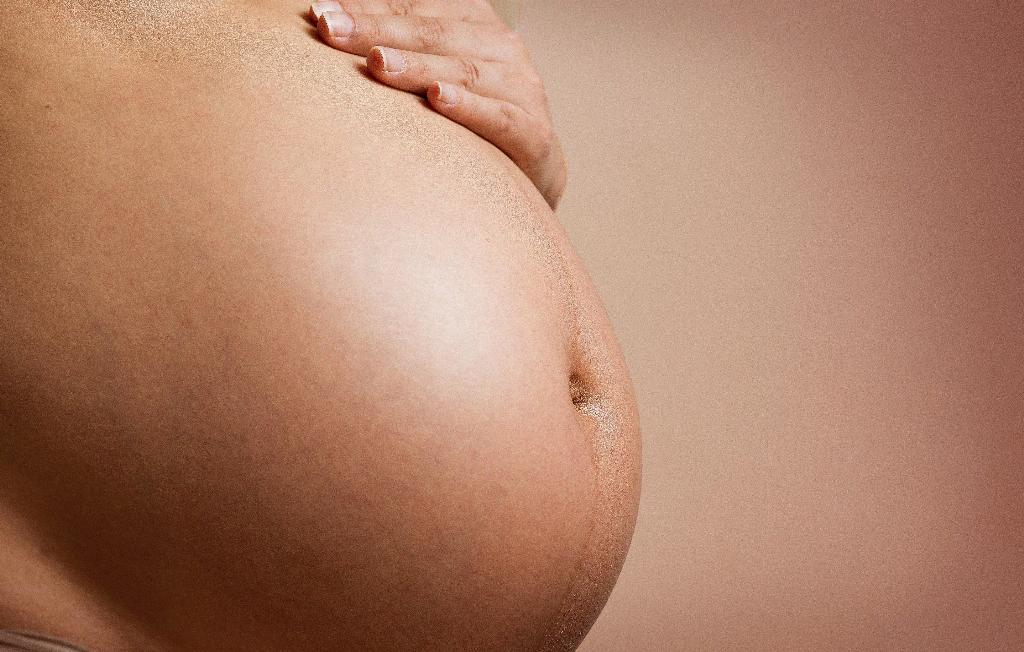During pregnancy, a woman’s body experiences a multitude of changes as it adapts to support the growing fetus. While much attention is often given to the more obvious physical transformations, such as weight gain and hormonal fluctuations, there are lesser-known alterations that can occur, including changes in eye pressure.
The Impact of Pregnancy on Intraocular Pressure
It has been documented that pregnancy can indeed lead to fluctuations in intraocular pressure, the fluid pressure inside the eyes. This phenomenon is not uncommon and is generally considered to be a temporary effect of the physiological changes that the body undergoes during gestation.
Understanding the Mechanism Behind Increased Eye Pressure
One of the primary factors contributing to the rise in eye pressure during pregnancy is believed to be the alteration in fluid dynamics within the body. As blood volume increases and hormonal levels fluctuate, the balance of fluids throughout the body, including those in the eyes, can be disrupted.
Why Does Eye Pressure Matter in Pregnancy?
While changes in eye pressure during pregnancy are generally considered benign, it is essential to monitor these fluctuations closely. Higher intraocular pressure can potentially impact vision and eye health, particularly in women who already have preexisting ocular conditions.
Risk Factors and Mitigation Strategies
Women who have a history of glaucoma or other eye conditions that are sensitive to changes in intraocular pressure should be especially vigilant during pregnancy. Regular eye examinations and consultations with an ophthalmologist can help monitor any deviations and ensure timely intervention if necessary.
Common Symptoms of Elevated Eye Pressure
It is important for pregnant women to be aware of the signs that may indicate an increase in eye pressure, such as blurry vision, eye pain, and headaches. These symptoms should not be dismissed and warrant immediate attention from a healthcare provider.
Management and Treatment of Eye Pressure Changes
In most cases, the fluctuations in eye pressure during pregnancy resolve on their own after childbirth. However, if persistent issues are noted or if the symptoms worsen, medical intervention may be required to stabilize the intraocular pressure and prevent any lasting damage to the eyes.
Importance of Open Communication with Healthcare Providers
As with any health concern during pregnancy, open and transparent communication with healthcare professionals is vital. Pregnant women should not hesitate to discuss any changes in eye pressure or vision with their obstetrician or eye care specialist to ensure comprehensive care.
Embracing the Nuances of Pregnancy and Eye Health
While the relationship between pregnancy and eye pressure may not be widely known, it serves as a reminder of the intricate interplay between the various systems of the body. By staying informed and proactive about ocular health during gestation, women can navigate these changes with confidence and peace of mind.
Final Thoughts on Pregnancy and Eye Pressure
In conclusion, pregnancy can indeed cause fluctuations in eye pressure, a phenomenon that is generally temporary and manageable with proper attention and care. By understanding the mechanisms behind these changes and staying attuned to any symptoms, women can protect their eye health throughout the prenatal journey.

